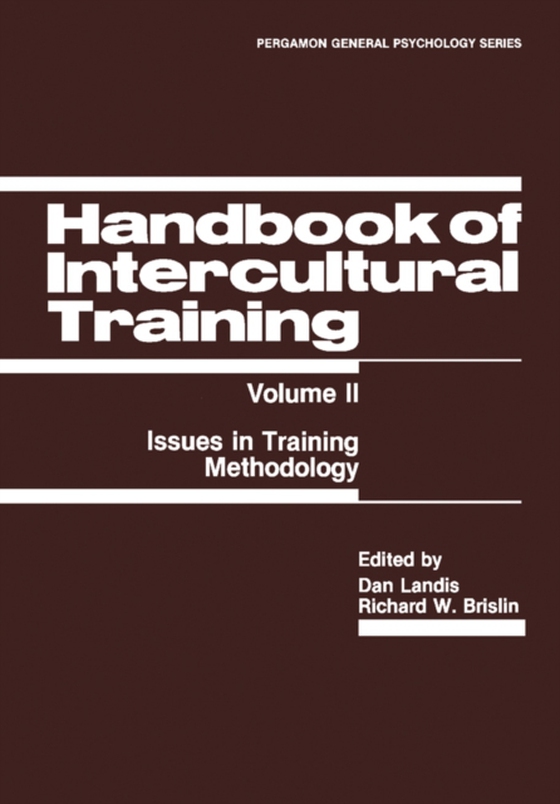
Handbook of Intercultural Training e-bog
473,39 DKK
(inkl. moms 591,74 DKK)
Handbook of Intercultural Training, Volume II: Issues in Training Methodology is a major attempt to describe, critique, and summarize the major known ways to provide cross-cultural training. The collection of essays discusses the stresses of intercultural encounter, as well as how to reduce these. This volume is divided in two parts. The first part discusses context factors, including stress ...
E-bog
473,39 DKK
Forlag
Pergamon
Udgivet
22 oktober 2013
Længde
384 sider
Genrer
JF
Sprog
English
Format
pdf
Beskyttelse
LCP
ISBN
9781483158242
Handbook of Intercultural Training, Volume II: Issues in Training Methodology is a major attempt to describe, critique, and summarize the major known ways to provide cross-cultural training. The collection of essays discusses the stresses of intercultural encounter, as well as how to reduce these. This volume is divided in two parts. The first part discusses context factors, including stress factors in intercultural relations and aspects of organization effectiveness. A cross-cultural experience from the perspective of a program manager is presented, as well as a situational analysis and designing a translator-based training program where alternative designs are forwarded for trainers to use effectively in multicultural and multilingual environments. The second part presents different methods of training. Learning from sojourners and from individuals from various cultures results in different frameworks for interpreting cross-cultural interactions. Consultants, advisors, and experts may find themselves performing outside and beyond their home ground and social groups, so training programs pertaining to their particular situation need to be addressed more profoundly. The training program in race relations by the U.S. Department of Defense is reviewed, and the effects of stereotyping people are discussed and considered as other factors in the preparation of training programs. English is then examined as a tool for intercultural communication, where aspects of intercultural training should be integrated. This book is suitable for overseas workers, foreign students, foreign technical advisers, diplomats, immigrants, and many others who are going to live and work and be exposed to other cultures.
 Dansk
Dansk

